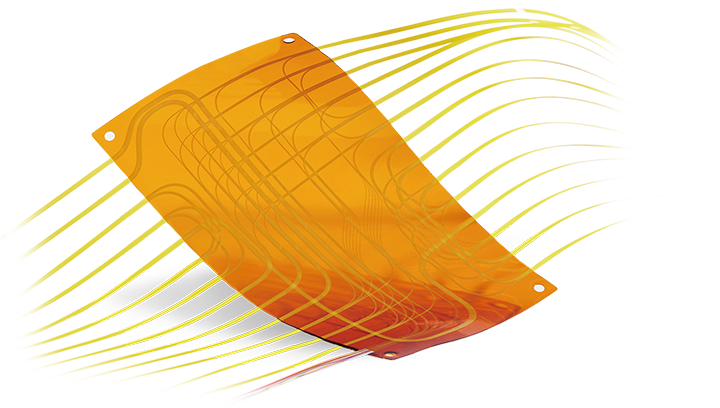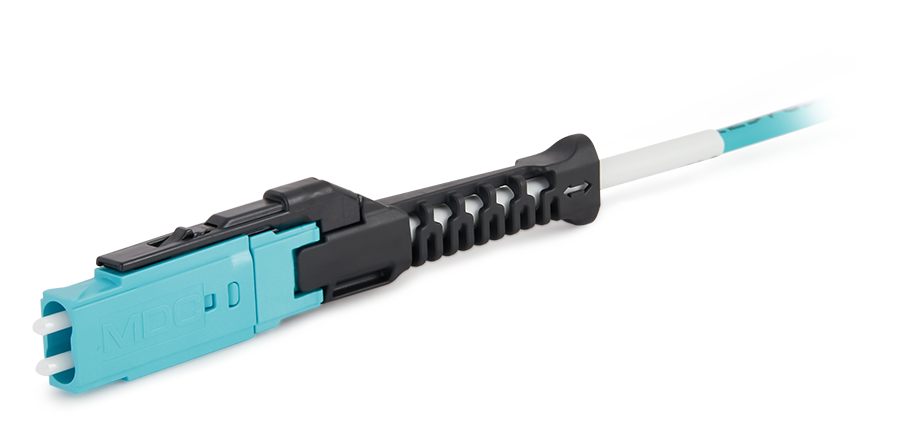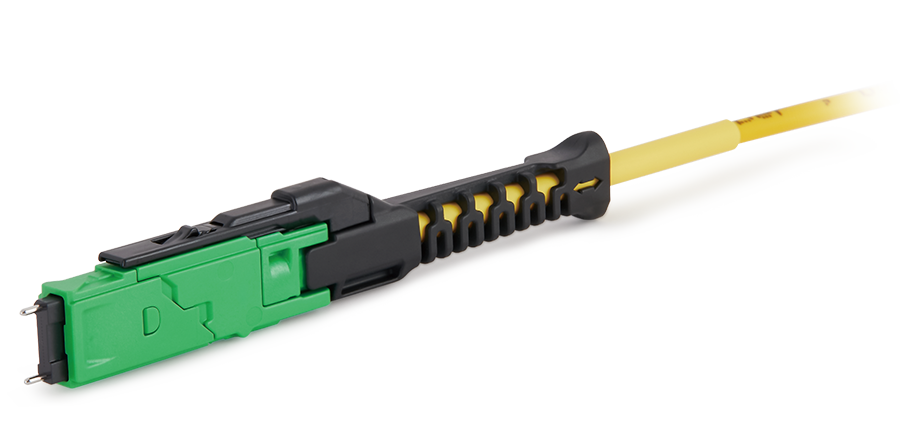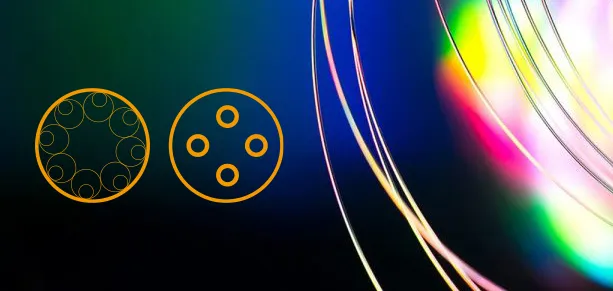The rapid development of optical network communications has made passive optical cables or copper-based cable systems seem insufficient and gradually unable to meet the needs of users and data transmission. Therefore, Active Optical Cables (AOC) were born in this environment. What exactly are AOC Active Optical Cables? In which fields are they applied, and what are their advantages?
Definition of AOC Active Optical Cable
AOC Active Optical Cable is fiber optic cable equipped with optical transceiver devices at both ends. As the name implies, AOC Active Optical Cable requires external power to convert electrical signals into optical signals or convert optical signals into electrical signals during communication. The optical transceivers at both ends of the optical cable provide photoelectric conversion and optical transmission functions. The main components are divided into two parts: optical path and electrical circuit.
The optical path part includes lenses and FA used for converting the optical path angle; the electrical circuit part includes PCB boards, substrates, VCSEL chips, VCSEL driver chips, PD chips, and TIA chips, etc.
Principle of AOC Active Optical Cable
At one end of the AOC Active Optical Cable, the input data electrical signal is converted into an optical signal of a specific wavelength through a photoelectric conversion device. The optical signal is then modulated and coupled into the transmission fiber optic cable. Upon reaching the other end, the photoelectric detection device detects, amplifies, and processes the optical signal and then outputs the corresponding electrical signal. The reverse transmission principle is the same.
What Are the Advantages of AOC Active Optical Cable?
Compared to High-Speed Cables
Lower transmission power in the system link.
About half the size of copper cables and only a quarter of the weight of high-speed cables.
Better airflow and stronger heat dissipation in data center cabling systems.
Smaller bend radius than copper cables.
Longer transmission distance, reaching 100-300 meters.
Better transmission performance with a bit error rate (BER) of up to 10^-15.
Compared to Optical Modules
The optical interface of AOC active optical cable is not exposed, thus eliminating the problem of optical interface cleaning and contamination.
Higher system stability and reliability.
Makes network systems easier to manage and maintain.
Significantly reduces operational maintenance costs and improves efficiency.

 Fiber Optic Flex Circuit (FOFC)
Advanced Simulation & Optimization, High Positioning Accuracy, Flexible Customization, Rigorous Reliability Testing
Fiber Optic Flex Circuit (FOFC)
Advanced Simulation & Optimization, High Positioning Accuracy, Flexible Customization, Rigorous Reliability Testing MDC Solution
US Conec's MDC connector is a Very Small Form Factor (VSFF) duplex optical connector, expertly designed for terminating single-mode and multimode fiber cables with diameters up to 2.0mm.
MDC Solution
US Conec's MDC connector is a Very Small Form Factor (VSFF) duplex optical connector, expertly designed for terminating single-mode and multimode fiber cables with diameters up to 2.0mm. MMC Solution
US Conec's Very Small Form Factor (VSFF) multi-fiber optical connector that redefines high-density connectivity with its cutting-edge TMT ferrule technology and intuitive Direct-Conec™ push-pull boot design.
MMC Solution
US Conec's Very Small Form Factor (VSFF) multi-fiber optical connector that redefines high-density connectivity with its cutting-edge TMT ferrule technology and intuitive Direct-Conec™ push-pull boot design. EN
EN
 jp
jp  fr
fr  es
es  it
it  ru
ru  pt
pt  ar
ar  el
el  nl
nl 



_and_High-Reflection_(HR)_Optical_Coatings.webp)
